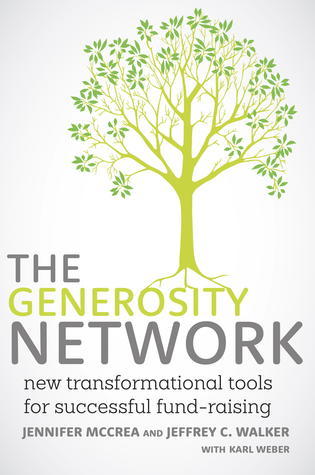What do you think?
Rate this book


The Generosity Network is the essential guide to the art of activating resources of every kind behind any worthy cause. Philanthropist Jeff Walker and fund-raising expert Jennifer McCrea offer a fresh new perspective that can make the toughest challenges of nonprofit management and development less stressful, more rewarding—and even fun.
Walker and McCrea show how traditional pre-scripted, money-centered, goal-oriented fund-raising techniques lead to anxiety and failure, while open-spirited, curiosity-driven, person-to-person connections lead to discovery, growth—and often amazing results. Through engrossing personal stories, a wealth of innovative suggestions, and inspiring examples, they show nonprofit leaders how to build a community of engaged partners who share a common passion and are eager to provide the resources needed to change the world—not just money, but also time, talents, personal networks, creative thinking, public support, and all the other forms of social capital that often seem scanty yet are really abundant, waiting to be uncovered and mobilized.
Highly practical, motivating, and thought provoking, The Generosity Network is designed to energize and empower nonprofit leaders, managers, donors, board members, and other supporters. Whether you help run a multimillion-dollar global nonprofit or raise funds for a local scout troop, PTA, or other community organization, you’ll learn new approaches that will make your work more successful and enjoyable than ever.
339 pages, Kindle Edition
First published January 1, 2013